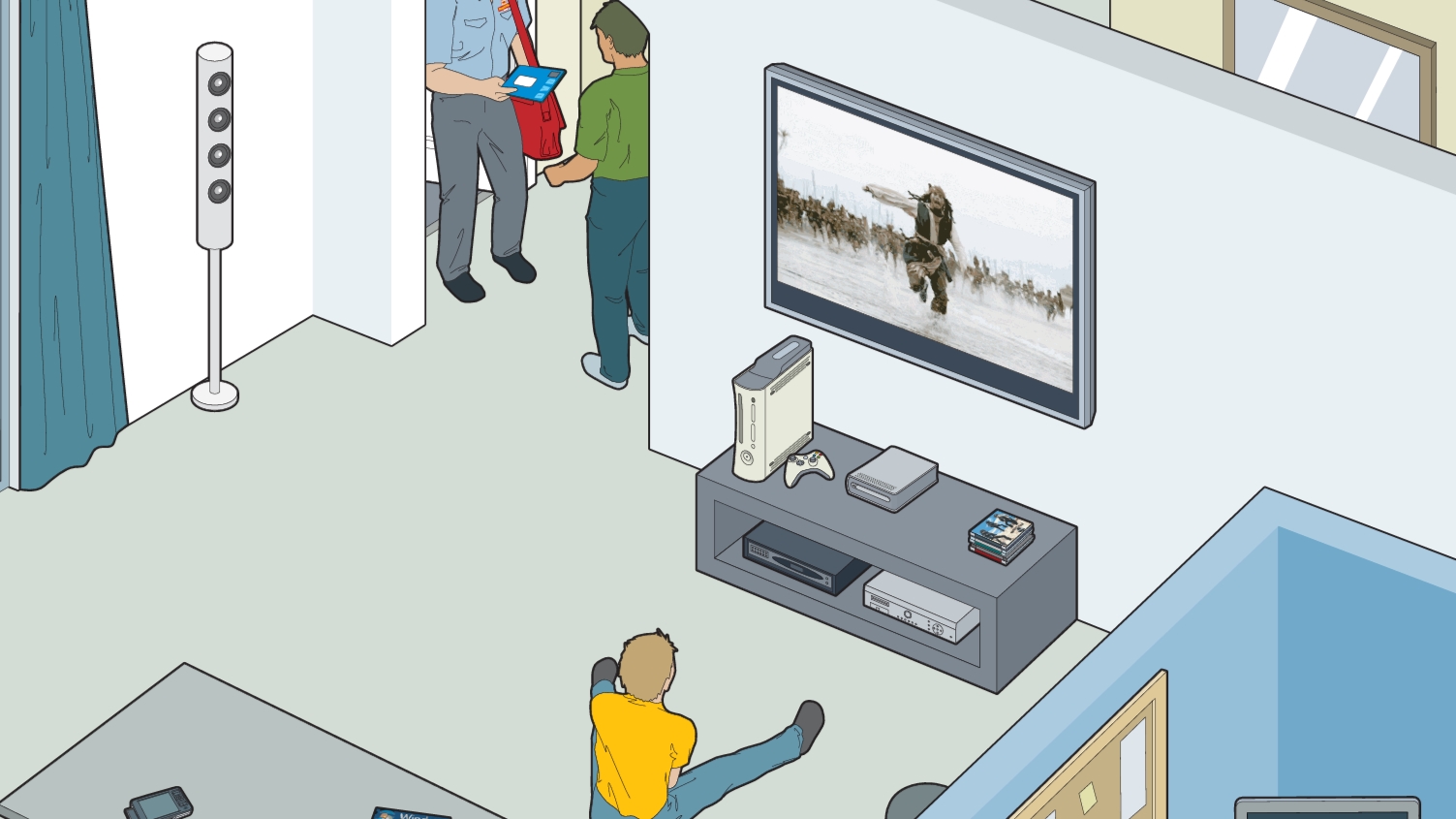8 reasons why you should be excited about Ultra HD
4K is coming and you'll have no choice but to love it

Like it or not, 2013 is the year of 4K and Ultra HD. The movies are already here, the TVs are coming and the disc format is on its way.
There's more reason to be excited about all this than most advances in display tech, too, even if you were unimpressed by the so-called 3D revolution.
This year, the sizes and the prices of 4K TVs are entering the realms of us mere mortals, and we reckon that Ultra HD will sooner or later persuade you to buy a new TV. Here's why...
1. It looks amazing
Believe us - 4K is not the new 3D. 3D didn't take off for many reasons: the glasses are uncomfortable, it's headache-tastic, the experience just isn't relaxing for the majority. It's also just an extra feature which you either do or (mostly) don't use depending on the content. But 4K is different - the step from HD to Ultra HD is just like the step was from SD to HD.
It's a permanent feature of the screen that gets used every time you watch it. Sharper images, more detail. Amazing eye candy, essentially, offering a more pleasant watching experience. Upscaling on some (but not all) of the Ultra HD TVs we've seen so far has been very impressive, with HD movies looking amazing on big 4K TVs from trusted brands. Native 4K movies are simply mesmerising.

2. You can sit closer to the screen
With a full HD picture, conventional wisdom says that you need to sit three screen heights (3H) away from the display in order to enjoy optimum picture quality: any closer and you'll be able to see the individual pixels, you'll get a headache, and your eyeballs will dissolve.
However, with a far sharper picture, 4K videos can be enjoyed optimally from just 1.5H. This makes large screen sizes far more sensible than they were in the past, you can sit a lot closer which doubles your field of view from just 30 degrees to 60 – giving you a far more cinematic, immersive experience.
Sign up for breaking news, reviews, opinion, top tech deals, and more.

3. It makes passive 3D more tolerable
In many ways, passive 3D offers a more comfortable way of watching a 3D picture compared to active 3D. But because the light is split, 3D Blu-rays effectively have their resolution halved. It's much worse when watching a boradcasted 720p sports match - the picture ends up not even being HD.
But with a 4K TV, the resolution is four times higher than full HD which means passive 3D still looks nice and sharp. It's not as sharp as native 4K pictures (just wait, 4K 3D is the next feature on the production line), but still far better than what we've become used to. Of course, you might still hate 3D. But for anyone who really wants to like it but has yet to be convinced, this might be a reason to get involved.

4. 4K OLED is coming
One exciting thing for consumers thinking about upgrading is that 4K and OLED tech is arriving at roughly the same time. LG predicts OLED prices will be at current high-end LED prices in the next two years. What's more, Panasonic and Sony are both completely ignoring HD OLED tech and going straight to 4K OLED.
So for many people, waiting for a 4K OLED 3D TV might be a good option - they're not far away. If you can't wait, of course, Sony's 55 and 65-inch 4K LED TVs are already around here somewhere (reviews coming soon!) and there'll be lots more from other brands launching at IFA in August/September.

5. There are already hundreds of movies out there
If you think there will only be a few 4K movies available to watch at home, you're mistaken. There isn't yet an agreed format or standard for 4K movies on disc, but it's not far off. And when the players start coming out, there will be literally hundreds of movies and TV shows available from the off. Many have been filmed natively in 4K (or above) over the last few years, but even films shot on 35mm film 50 years ago can be rescanned and remastered in 4K.

James was part of the TechRadar editorial team for eight years up until 2015 and now works in a senior position for TR's parent company Future. An experienced Content Director with a demonstrated history of working in the media production industry. Skilled in Search Engine Optimization (SEO), E-commerce Optimization, Journalism, Digital Marketing, and Social Media. James can do it all.